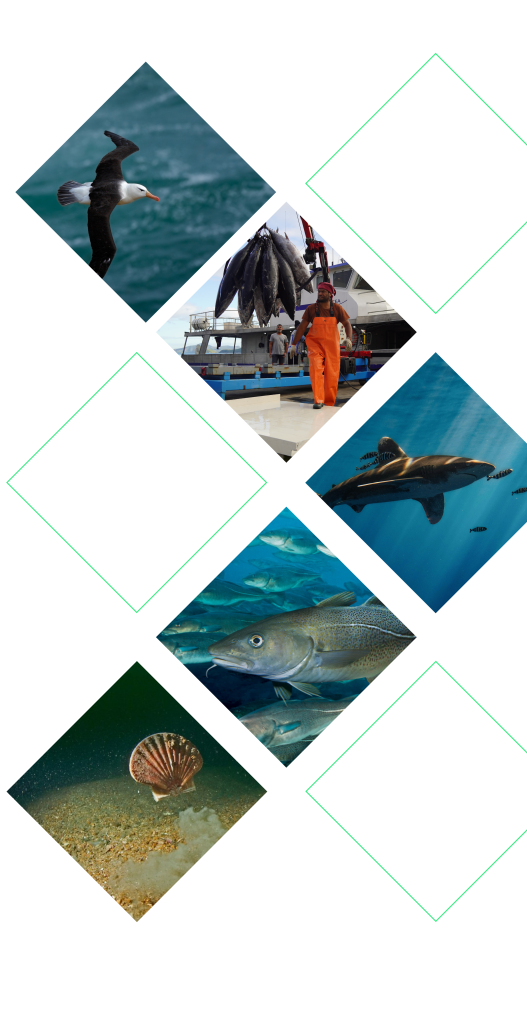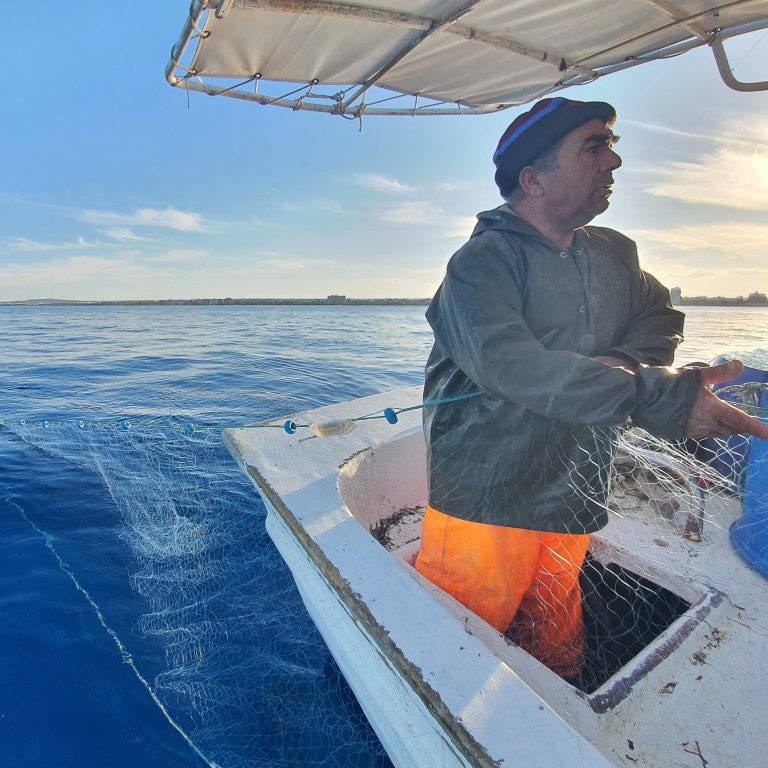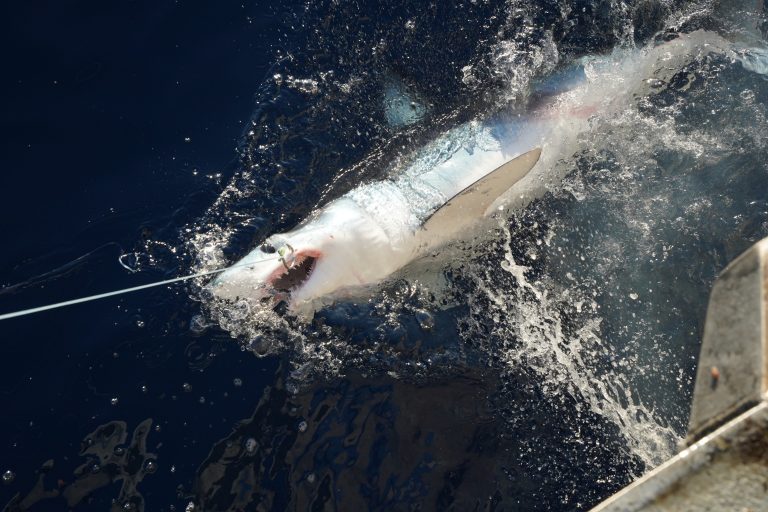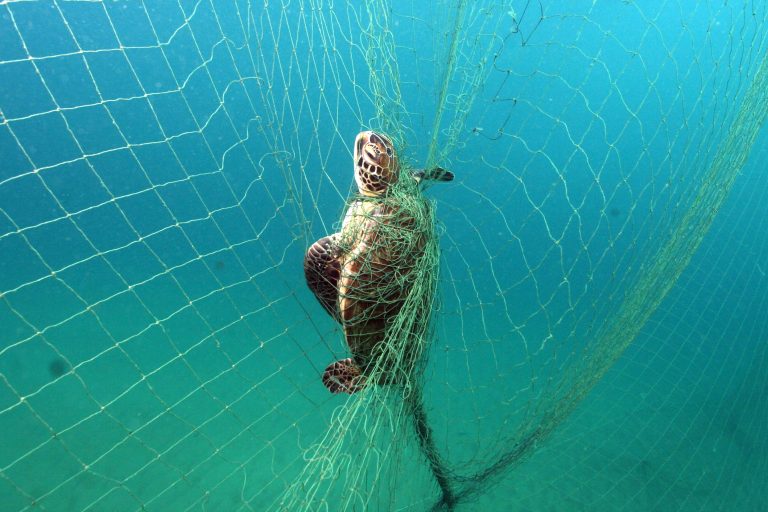Fishing is a critically important source of livelihood for millions of people
When fishing is undertaken unsustainably, it can result in major threats to marine ecosystems, including bycatch, habitat destruction, greenhouse gas emissions and plastic pollution.
Our Goal
Dramatically reduce the accidental capture of some of the ocean’s most charismatic and rare animals in fishing gear. We have a deep knowledge of fisheries and the underlying causes of bycatch, and we have found ways to harness biological characteristics of each animal, helping them to avoid entanglement or taking a hook intended for a tuna.
HOW DO WE ACHIEVE THIS?
Through our partnerships with fishers, industry, and research institutions we continue to learn, adapt and make our devices better, cheaper, more robust and more integrated into operations. From individual fishers to large fishing organisations and marine operations, our goal is to help the fishing industry operate more selectively.
We can help build a complete bycatch reduction strategy starting with fisher outreach and co-design, develop and implement bycatch solutions and put effective monitoring into place.




